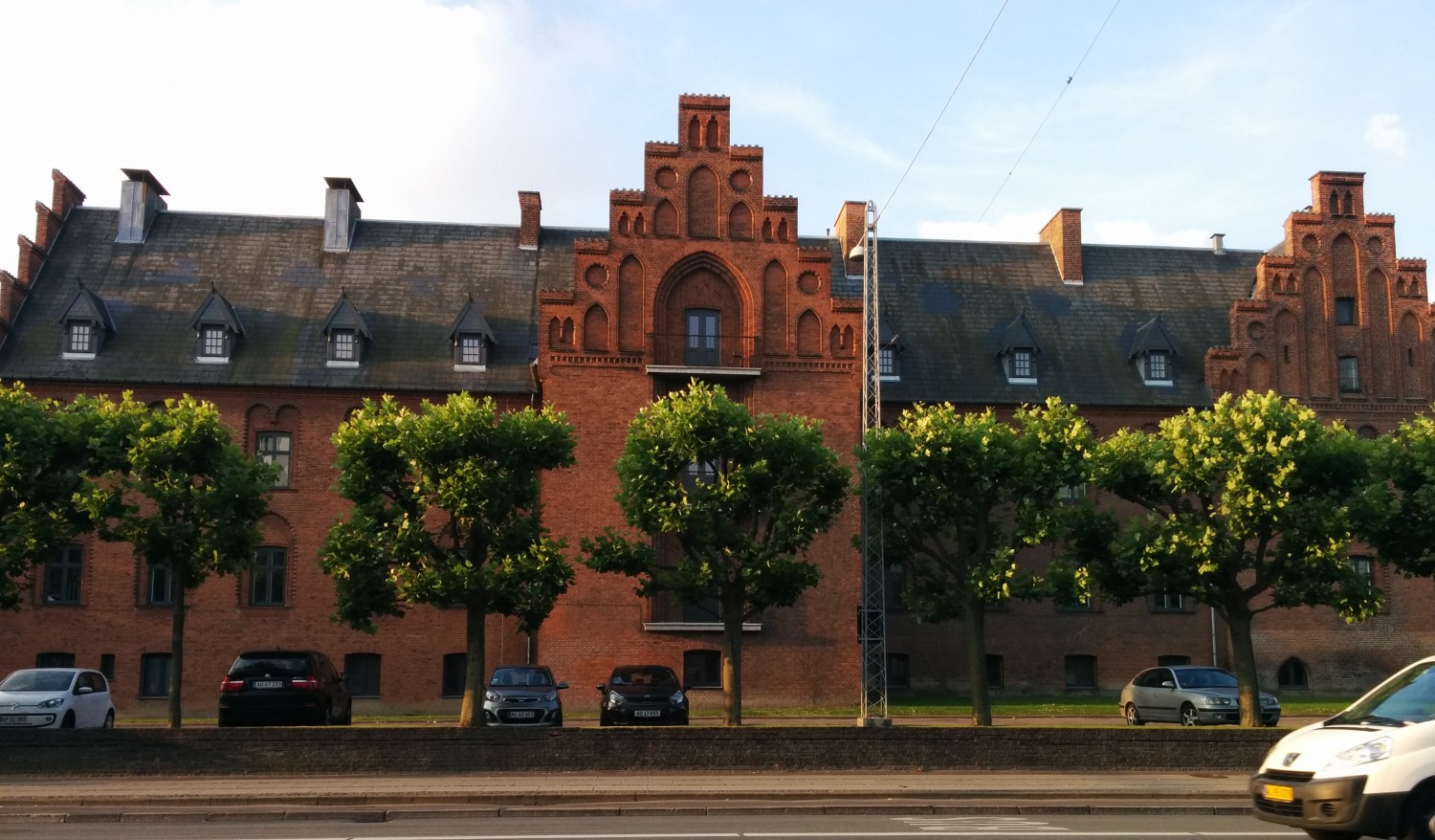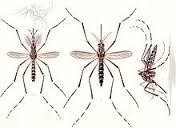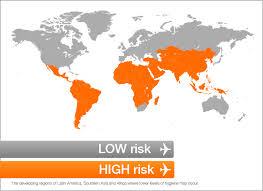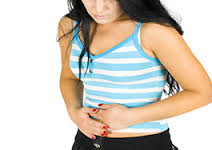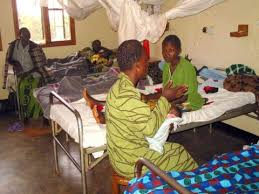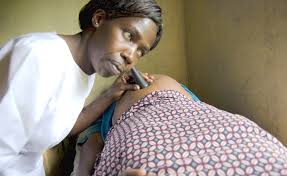Travel Medicine – presented by Jorgen Kurtzhals and he presented it well. It is something you don’t really think about right away, you don’t take into consideration without someone bringing it up and it’s just not something you think about when you’ve never been there before, what is it? Feeling safe, being safe and being secure.
Why should you think of your own health?
- High incidence of infectious diseases
- Increased risk of accidents
- Access and quality of medical care
- Unknown culture
- New social norms
Think about what your mother would say!
- Insurance! – prepare yourself from home – this is something you can do before you leave – remember to get high coverage and around the clock access! No limitations and no savings are worth your life!
- Vaccinations and advice – very important if you are going to be in a medical setting with infected patients – also very important in high prevalence areas – really I would just say do it no matter what because you don’t want that risk
- Hep A and B
- Diphtheria and tetanus
- Yellow Fever
- Meningitis
- Typhoid
- Japanese encephalitis
- TB
- Rabies
- Cholera
- MMR
- Bring your own medication for your own use! – there are so many problems with fake drugs being distributed and you really don’t want that to happen to you
- Know the types of moquitoes you should be watching for in that area!
Know the Crime – look it up, ask around and get advice!
- Never expose or talk about your wealth – stealing and robbery can be huge issues. Never fight for your property. It isn’t worth your health and life

- Avoid dangerous areas, times and situations – walk the other way, walk around the bad areas instead of through them, know when and where to go and always try to have someone with you (especially if you are a woman and especially not at night!)
- Pay attention on your last night – so many times it has happened that people leaving will get robbed or attacked on the last night before they leave because they have made it public and that is the prime time for a robbery to take place and take you by surprise.
6 things to live by in a strange place
- Awareness – you don’t know the rules
- Cautiousness – you don’t know the dangers
- Be prepared – help may not be easy to find
- Self-respect – and respect others
- Decency – informal life style and casual dressing by economically privileged may appear arrogant
- There is a tolerance toward foreigners having ‘strange’ habits
Things to think about when you arrive
- Make your safe haven
- Food, water and supplies
- Bed nets and other safety precautions
- Communication lines set up and working – electricity if available?
- Contact your embassy or representative
- Make contacts and friends – know who you are around and working with – who you can talk to and call in case of an emergency or situation
- Figure out your transportation – public, car, bike – know the way, find a route (maybe a back up), know the traffic and transportation system
- If you have your own car – spare fuel and tires, carry plenty of water in case of emergencies, carry a first aid kit and emergency kit (torch light, tools, phone numbers)
- Malaria Prophylaxis
- Pros:
- Minimize mosquito bites
- Chemoprofylaxis
- Based on risk assessment of area, where you are staying, the season
- But gives to access to prompt and effective diagnosis and treatment
- Early diagnosis and effective treatment
- Cons:
- Ineffective measures against mosquitos
- Treatment with fake drugs – including injections
- Malaria Self treatment
- If you are medically qualified then it is probably okay
- If you are not – you run the risk of neglect as well as unnecessary treatment
- Never use the same drug that was used for prophylaxis – risk of cardiac arrest
- Pros:
- The best Mosquito prophylaxis- that works!
- Bed nets – 50 to 60% reduction in malaria cases when a bed net and insecticide is used
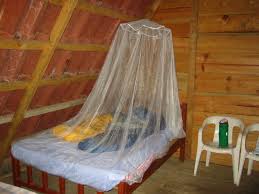
- Insect spray with pyrethroids (EVERYWHERE!)
- Dawn and Dusk are the worst times – take that into consideration!
- Repellents (with careful application)
Travellers…. Diarrhoea (the best of the best get this, it happens and it is embarrassing!)
- Viruses – Rotavirus (<3 years) and Norovirus
- Bacertiae – Escherichia coli, campylobacter, salmonella, shigella and vibrio
- Parasites – Giardia, cryptosporidium and entamoeba histolytica
- Prevention:
- Hand hygiene! – soooooo important, especially in new areas, and when you are meeting lots of people all the time! Who knows if they have washed their hands or not!
- Kitchen hygiene – clean dishes (before and after), wash your product before you take a bite and cook meat all the way through!
- Drink BOILED water or from water bottles with an intact cap! Don’t eat the ice cubes (warm water is better than sitting on a toilet because you wanted ice water)
- Antibiotics for noroxin and ciprofloxacin
- Don’t eat unpeeled raw veg or fruit (even if you are in a restaurant)
Oh this was my favourite slide … SEX
“DON’T” – that was the slide
- The next slide afterwards was… a little more informative
- Be prepared.. condoms condoms condoms
- HIV, Hep B and Hep C are all a risk!
Snakes? – is that an issue where you are going? Well you should probably figure that out and know what snakes are a problem
- Do not panic – transport to the hospital ASAP if bite marks are present
- Use a wide, loose, soft tourniquet during transport (>30 mins)
USEFUL RESOURCES TO LOOK AT BEFORE YOU GO ANYWHERE!
- healthmap.org/en
- Cdc.gov/travel
- Who.int/ith
- Ssi.dk/rejser
Managing Reproductive Health in low income settings
This lecture was set aside so we could be split into smaller groups (about 10 per lecture) and had a few discussions and case studies throughout. It was a little bit more intimate and Nanna Maaloe (A PhD fellow in the Global Health Section at the University of Copenhagen) really did her best to get everyone involved and interested in these issues.
Pregnancy and birth related risks:
- America – 1:17,000 women have the risk of dying during pregnancy or child birth with a life expectancy of 82 years
- In developing, low-income countries – 1:40 women have the risk of dying during pregnancy or child birth with a life expectancy of approx. 39 years
- But Maternal Deaths are only the tip of the iceberg with approx. 273,500 maternal deaths (20-40 times more life threatening diseases, injuries and disabilities) and 4,900,000 perinatal deaths (with many more suffering from life-long disabilities).
The Challenges seen in management of reproductive health in low income settings:
- Complications/diseases similar
- Setting/resources different
- Stage of disease/complications different
Basic & Comprehensive EmONC signal functions
- Injectable oxytocin
- Injectable antibiotics
- Injectable anticonvulsant
- Manual removal of placenta
- Removal of retrained products
- Instrumental vaginal delivery
- Blood transfusion
- Caesarean section
Nanna talked about where she had been working and what it was like there. Nanna worked in the Karagwe District in Tanzania.
- Key statistics related to the health of this area:
- 332,000 inhabitants
- 30% are below the poverty line
- HIV prevalence of 4%
- Fertility rate > 5 (very high!)
- 55% of deliveries are assisted by a skilled birth attendant
- 332,000 inhabitants
- There they have the Nyakahanga Designated District hospital:
- This hospital has 200 beds, the essential drugs available, limited equipment, power cuts and 2 operation theaters.
- The maternity ward consists of 28 beds, only 6 delivery beds – where they have over 3000 deliveries per year and only 2 nurse-midwives assisting deliveries.
Case example: A 17 year old woman comes with severe abdominal pain and fever – she looks ill, cold and clammy.
- Diagnose: Complications to unsafe abortion
- Complications: Incomplete abortion with excessive bleeding, septic abortion, perforation of the uterus (and bladder/small bowel)
- Treatment: Empty the uterus (manual vacuum aspiration), cover the ampicillin + Gentamicin + metronidazole until she is fever free for 48 hours, Tetanus booster for the mother and discussion of contraception
Case example 6: Home Delivery – 4 days ago. Mother has not attended antenatal care. Mother is complaining of fever, abdominal pain and foul-smelling discharge. Also – the baby is not feeding well.
- While examining the mother, the baby becomes increasingly floppy and irritable and not sucking during feeding.
- Mother:
- Diagnose: Endometritis (caused by an infection in the uterus (can be due to chlamydia, gonorrhea, tuberculosis or vaginal bacteria causing inflammation of the endometrium.
- Treatment: Ampicillin + Gentamicin + Metronidazole until she is fever-free for 48 hours – always consider retained placental products
- Baby:
- Diagnose: “small baby” (preterm possibly?)
- Kangaroo Care
- Frequent feeding
- Consider treatable risk factors (malnutrition, HIV, maternal infection)
- Remember Tetanus booster for the mother
- Mother:
Most causes of maternal and perinatal deaths are similar, and often obstetric in origin.
Neonatal Deaths:
- Birth asphyxia, or failure to initiate or sustain spontaneous breathing at birth, contribute to 30% of neonatal deaths in resource-limited countries
Stillbirths:
- Almost half of stillbirths, 1.2 million, happen when the woman is in labour and are directly related and the lack of skilled care at this critical time for mothers and babies
So this weekend is the Pride Parade – I don’t actually know if Kelowna does anything like this (because I only moved to Kelowna this past year and then was away for most of the summer) but I am sure many people have been, seen or heard of the huge parade and festivities held in Vancouver Pride every year! It is such a blast so I am very excited to see what this weekend is like here in Denmark! I will take lots of photos and try to have some good stories for you!
